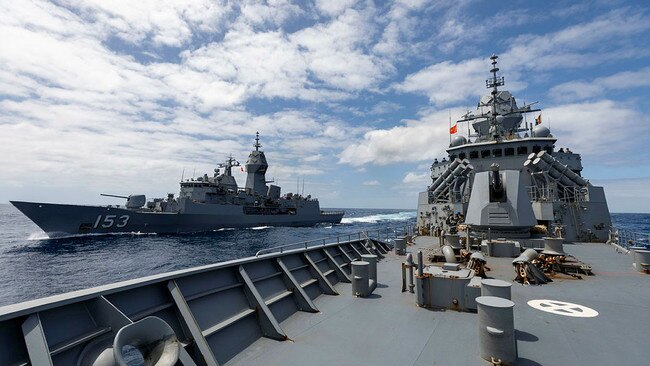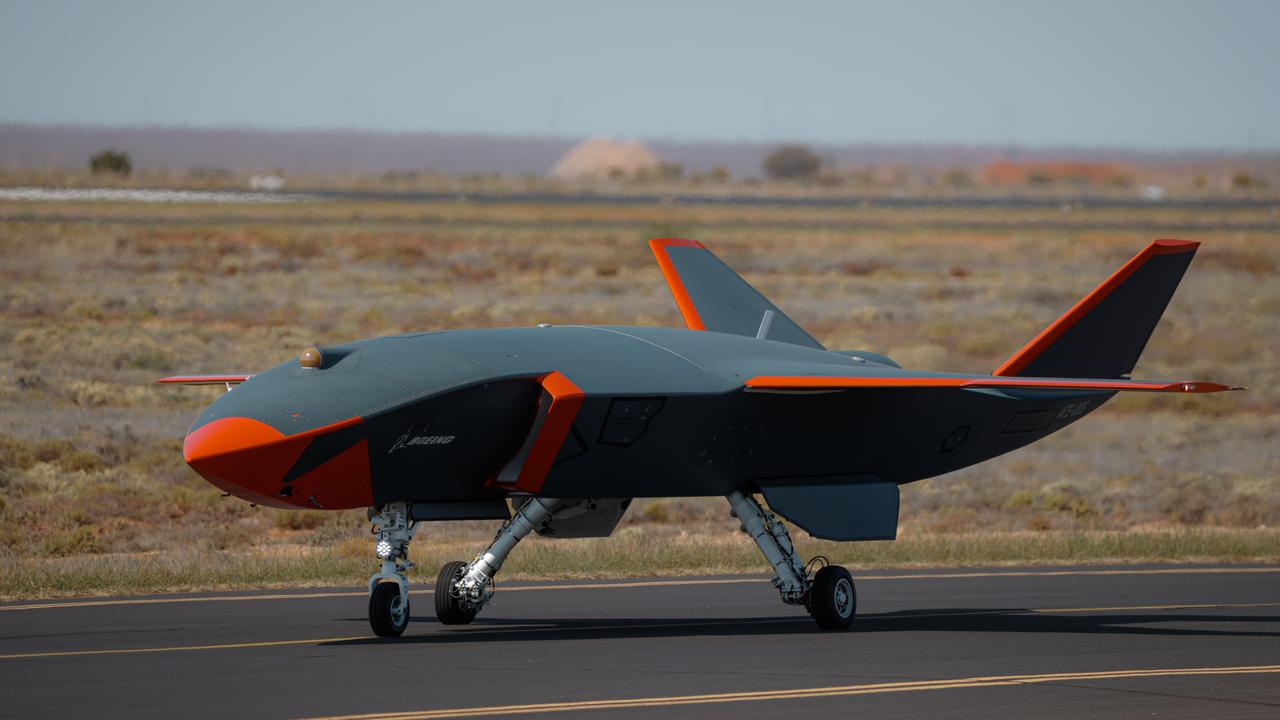Capability the cornerstone of our nation’s security
In an era of rapidly evolving global security challenges, the importance of a sovereign defence capability for Australia has never been more critical.

In an era of rapidly evolving global security challenges, the importance of a sovereign defence capability for Australia has never been more critical. We have made significant strides in developing sovereign defence capabilities that not only contribute to the national security, but also bolster the economy and technological prowess.
A prime example of such capability is provided by Saab’s Australian Combat Management System AusCMS (9LV), currently deployed across the Royal Australian Navy’s surface fleet.
The CMS is one of the most important elements of the ship’s offensive capability. It is vital it is fit for purpose and designed and operated for maximum effectiveness.
By taking an enterprise approach to CMS, we can speed up the development of these sovereign capabilities and reduce the risk to operational capability. This can be viewed through the Fundamental Inputs to Capability (FICs):
●Personnel and collective training: Deploying a common CMS ensures a highly skilled workforce delivers the same capability across multiple vessel classes. A “train once, apply everywhere approach” delivers significant training and operational efficiencies. Training for the RAN’s ship crews is more difficult and expensive if there is a lack of commonality and interoperability;

●Major systems: Using different combat systems affects the commonality of the fleet and its operation, especially when it comes to the introduction into service of different weapons/ordnance and platform systems;
●Supplies: Under a common approach supplies and equipment can be used across the fleet. A new naval vessel, with unique systems, presents significant supply challenges which can be complicated and costly to maintain;
●Facilities: Utilising and expanding established facilities used to support AusCMS is far more efficient than establishing new facilities. The cost, in both economic and schedule terms, associated with equipment, training systems, and through life support necessary to support the effective operation of a new and unique ship class is likely to be significant.
The Saab AusCMS, which has been developed in collaboration with the RAN, is a fielded and proven capability, presenting efficiencies across the FICs. As a sovereign capability, it enables commonality and interoperability, and enables the RAN to conduct operations with precision.
Recognising the dynamic nature of global threats, it’s also important we continue to evolve our engagement strategies. This involves clear communication and co-operation between Defence and industry to ensure industry is fully aware of, and aligned with, Defence’s needs and, conversely, that Defence understands industry’s capabilities and innovations. An example of this is Saab’s Sovereign Combat System Collaboration Centre which is due to open later this year. The facility will provide an ecosystem to develop world-class combat systems capabilities, supporting programs including the government’s continuous shipbuilding initiative. Alignment such as this is crucial for amplifying Australia’s efforts in enhancing national and regional security.
As we navigate the complexities of the 21st century, the imperatives for sovereign defence capability in Australia have never been clearer. By continuing to innovate, invest in our people, and engage with industry partners, Australia is well-placed to take on our ongoing geostrategic challenges, and continue building sovereign capability.
-
Andy Keough is the managing director of Saab Australia.


